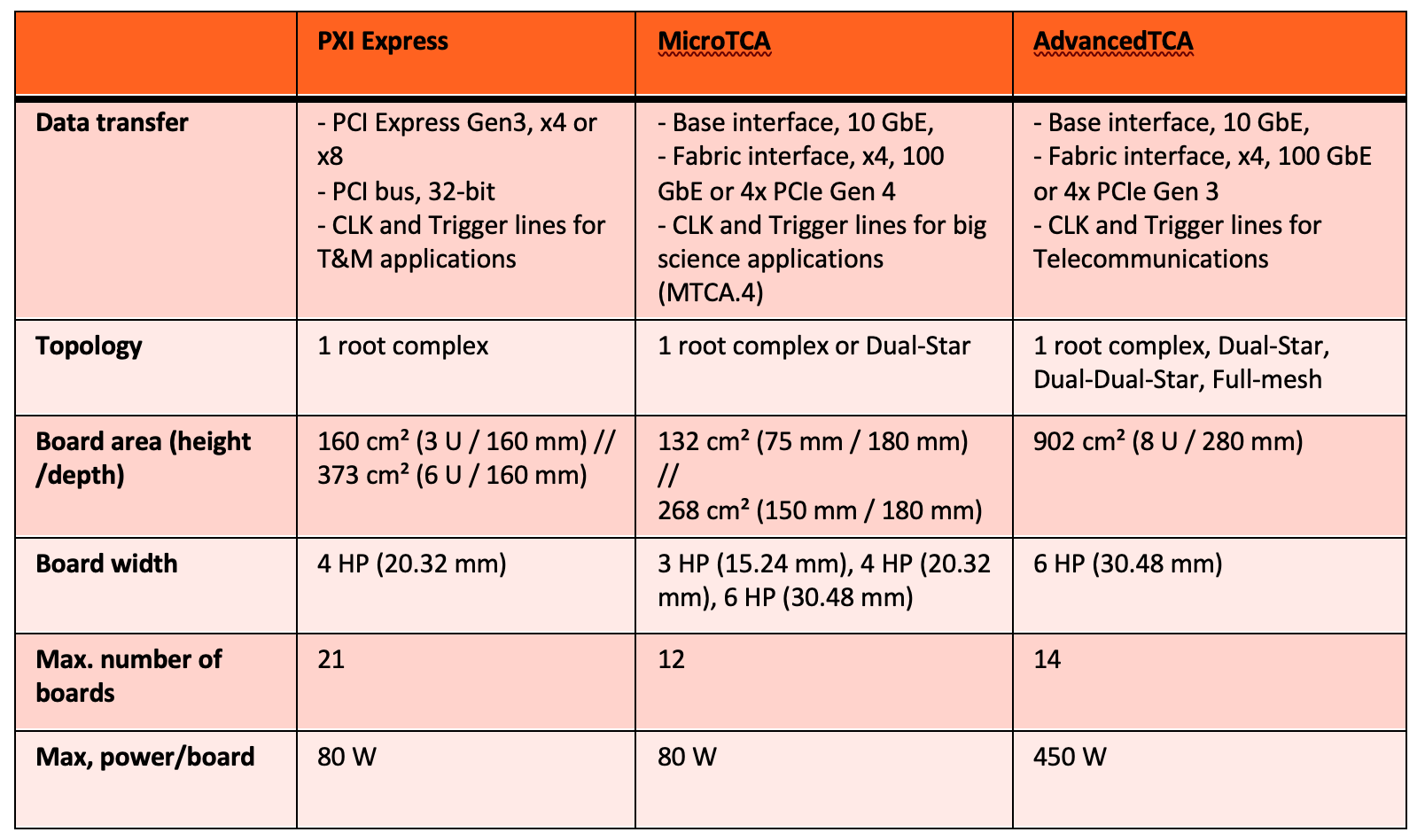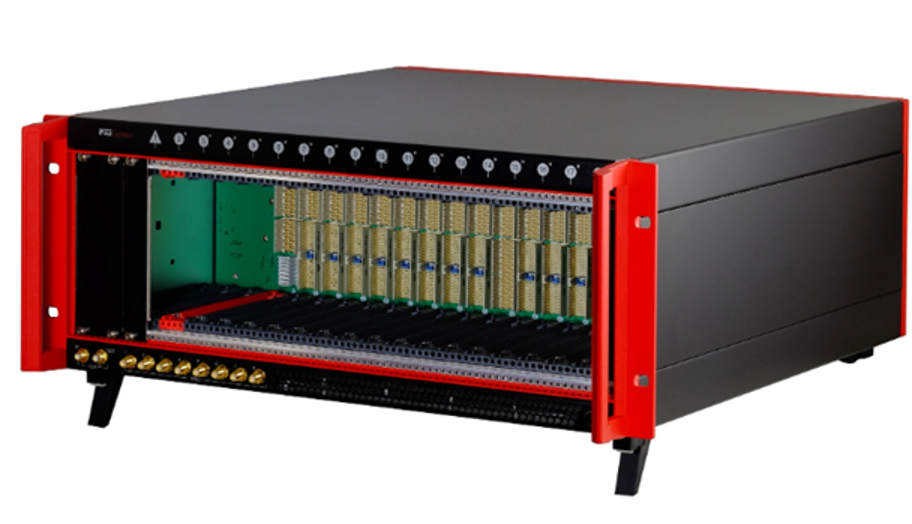
September 17, 2024 By WTWH Editor
Collected at: https://www.eeworldonline.com/building-the-quantum-future-how-to-master-quantum-control-design/
In quantum computing systems, control electronics are critical in facilitating the operation and manipulation of qubits. Their precision ensures the integrity and accuracy of quantum computing processing and results. Engineers need minimal latency in the low milliseconds to effectively operate their chassis, including switches and central processing unit (CPU) ports. There’s also a need for precise clocks, low electronic noise emissions, strong synchronization across multiple boards, and the capacity to scale along with qubit count.
When building these quantum computing control systems, start with what you know is human nature. However, many engineers reinvent the wheel, often without credence for existing platforms that could serve as a strong design foundation. This article discusses the merits of open-standard systems for quantum computing control units.
In quantum computing systems, control electronics play an integral role in facilitating the operation and manipulation of qubits, the basic unit of quantum information. Their precision ensures the integrity and accuracy of quantum computing processing and results. Given their pivotal role, these control electronics present rigorous design requirements. Engineers need complete latency in the low milliseconds to effectively operate their chassis, including switches and central processing units (CPUs). There is also a need for precise clocks, low electronic noise emissions, strong synchronization across multiple functions, and the capacity to scale along with qubit count.
When building these quantum computing control systems, starting with what you know is human nature. Quantum computing specialists in university settings tend to have deep theoretical knowledge and less experience with industrial implementation. Proof-of-concepts are usually built with existing equipment in the lab and hand-wired. While this may be suitable for prototyping, it’s not ideal for commercial scaling. Specialists who approach quantum computing with experience from another physics-focused role may understand nuanced control and measurement technologies but may not be versed in the broader spectrum of technologies available. In either case, many engineers reinvent the wheel in their quantum computing control system design, often without credence for existing platforms that could serve as a strong design foundation.
Modular platforms for quantum computing control: building on pre-established standards
Advanced Telecom Computing Architecture (AdvancedTCA) and Micro Telecommunications Computing Architecture (MicroTCA) are modular, open standards adapted for large-scale scientific research and development. AdvancedTCA and MicroTCA were originally designed to transfer large amounts of data in telecommunications applications. Today, the functionality of MicroTCA has expanded to include stronger board synchronization and clock precision for beam control in particle accelerators. The physics community instigated the implementation of rear transition modules and the separation of digital and analog circuitry. Application-ready precision test and measurement (T&M) systems featuring PXIe are similarly favorable for these applications in electronic and simulation labs in university settings.
While particle acceleration is a different application area, designing with systems like MicroTCA or AdvancedTCA offers a path for scalable quantum computing control design; there are already standard transfer protocols like PCI Express, Ethernet, or Serial RapidIO (SRIO) with low latency and high data transfer rates in place. The technology framework is pre-defined with common power, cooling, and electromagnetic compatibility (EMC) noise standards. Further, they comply with certificates like CE and UL, set standard board form factors, and provide defined interoperability. With a well-developed base, engineers can adjust or remove features not required for quantum computing control units.
PXIe already offers add-ons for clocks and triggers originally designed to synchronize measurements in parallel. MicroTCA has even more sophisticated clock implementations due to existing requirements for particle beam synchronization. Selecting and building on a modular, open-standard platform gives you access to a pre-established, holistic approach. Each platform focuses on protocols, data speeds, communication between slots, power per slot, slot count, form factor, etc. The key is determining the differences between these platforms and the modifications needed to fit your unique application requirements. An experienced electronics packaging partner will be able to support you in that assessment.

It’s common for quantum computing control system requirements to exceed those of modular open-standard systems regarding clock synchronization and the number of devices on one node. Achieving requirements starts with actions like:
- Removing built-in redundancy features of MicroTCA and AdvancedTCA and implementing additional signals instead
- Adding more precise clock sources (PXIe)
- Extending the number of boards within one system
- Increasing board size (height and depth)
- Increasing board width to accommodate larger heat sinks
Technology in action
Qblox, a Netherlands-based technology company supporting academic laboratories worldwide, is advancing quantum computing with scalable qubit control electronics for academic and industry labs. These control systems are crucial for manipulating qubit quantum states, readout, error correction, and interfacing between classical and quantum computing. Despite its potential, quantum computing faces challenges like error correction, scalability, hardware development, and software programming.
To meet the needs of this rapidly growing industry, Qblox required flexible, scalable control units to support various qubit configurations. However, they found no off-the-shelf enclosures suitable for their hardware. They needed custom enclosures to ensure proper dimensions, EMC behavior, mechanical protection, and branding.
Qblox collaborated with nVent and its local partner, Koning & Hartman, to design semi-custom mechanical enclosures tailored to their specifications. These enclosures featured company branding, custom cutouts for fan mounts, and easy access to ports. This partnership allowed Qblox, which lacks a large mechanical engineering team, to create configurations suited to their needs.
As a result, Qblox’s systems are designed to scale with demand and qubit number, ensuring both functional and aesthetic requirements are met. The partnership and initial prototyping from Delft University of Technology provided Qblox with on-demand access to semi-custom chassis and efficient integration of design updates. This is just one example of how this technology is being implemented.
We’ve already seen specifications change to support requirements specific to particle accelerators, and we expect to see the same happen for quantum computing control systems in the future. For now, open-standard systems should be part of the consideration set for quantum computing control systems because they serve as a strong and viable design foundation. The more you step away from the standard, the more engineering work there is that doesn’t relate to the core function of the quantum computer.

3 Key takeaways:
- Importance of control electronics in quantum computing: control electronics are crucial for operating and manipulating qubits in quantum computing. They require high precision, low latency, accurate clocks, minimal electronic noise, strong synchronization, and scalability.
- Challenges in designing quantum computing control systems: engineers often reinvent the wheel, using familiar but less efficient methods for commercial scaling, missing the opportunity to leverage existing modular platforms that can serve as robust foundations.
- Advantages of modular, open-standard systems: platforms like AdvancedTCA, MicroTCA, and PXIe defined for T&M, initially designed for telecommunications and scientific research, offer pre-defined protocols, high data transfer rates, and strong synchronization, making them suitable and scalable options for building quantum computing control systems.

Leave a Reply